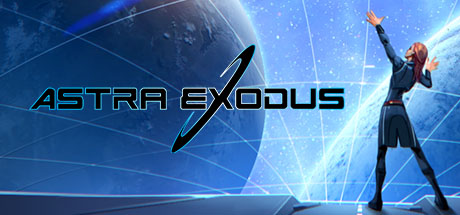
The Space 4X, it calls to strategy gamers like a siren song, leading game developer after developer to take a stab at creating "the" definitive space 4X to rule them all. Some games stick to the Master of Orion 2 model and try to further refine it, while others branch out into new directions, but most bill themselves as being something new and innovative. That's practically a necessity in a world where we've seen dozens of new space 4X titles come and go in the past decade. Astra Exodus is taking a bold step by intentionally labeling itself as a "retro-inspired" strategy game that will remind you of the older classics, with a splash of the new, and a hefty dose of pixel art and a color palette that screams 90's fashion. Seriously, this game is not afraid of being colorful.
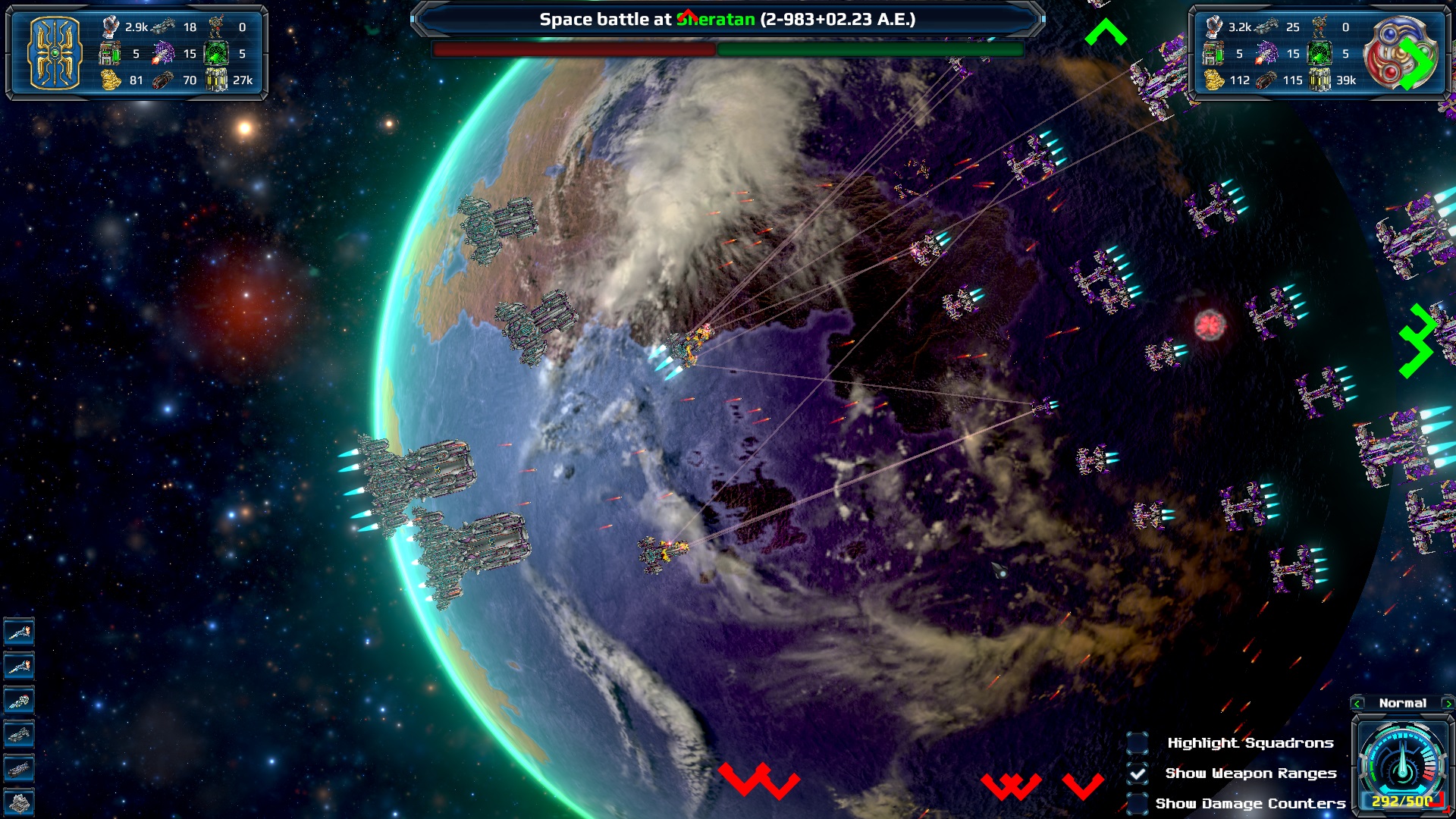
Now, if you've had your fill of MoO 2 style games over the years and aren't interested in another take on that kind of game, Astra Exodus is probably not going to do anything for you. However, I imagine there is a sizable audience out there that finds the likes of Stellaris and Galactic Civilizations III to be a bit overwhelming, with endless mechanics, charts, and menus to sort through. Maybe you are indeed looking for something very akin to the classics, but with some modern spice in the mix. Astra Exodus may be just the thing for you.
Astra Exodus is a single-player only affair, with two ways to play. There is the standard sandbox mode where you can pick one of 8 different factions and try to dominate the galaxy, or the story campaign where you will lead humanity in their quest to learn more about their past and the exodus from Earth. The campaign serves as something of a tutorial, starting you off with very small maps and weak opponents, and gradually cranking up the heat. Like the majority of 4X games, the story serves well enough as window dressing for the various scenarios, but isn't particularly riveting. The primary draw of the game will of course be the more open sandbox mode.
The mechanics of the game are comfortably familiar. You've got star systems to explore, planets to colonize, ships to design, buildings to construct, technology to be researched, and leaders to be recruited. There are a variety of resources to keep track of, and money to be taxed and spent. Most of this works the way you would expect it to, with a twist here and there. Raising taxes brings in more revenue per turn, but decreases morale which in turn reduces the generation of other resources. You need cold hard cash for a lot of things, including the rushing of new construction. However, you also need all of those various resources to get your war machine up and running. As the population on a planet grows, you can allocate the "units" of population into different tracks, so as to boost the production of food, or speed along construction.
Exploring and colonizing new worlds will bring in more of everything, but high quality worlds are a few and far between. You can research various terraforming projects to make worlds more habitable, but that too comes with a trade-off. One unique mechanic in Astra Exodus is that the tech tree is semi-randomized and split into numerous different fields of study, such as weapons or economics, etc. Within each field, you will have techs available for research, but can only choose one, leaving the other two locked out for the rest of the game. Then you get another three to choose from. While somewhat arbitrary, this limitation is interesting in that it forces you to potentially try new strategies and builds for your empire depending on what options you have available. I like this, as one of the biggest complaints of traditional 4X games is that the tech trees can be very boring and lead to the same choices every match.
I could go on describing more of the mechanics of the game, but like I said, this is a deliberately "retro" take on the 4X, and so most of it is stuff you have seen before. The diplomacy side of things is pretty standard, with the benefit of AI factions that are actually willing to make fair trades with you. This is one way you can get those technologies you missed out on, by swapping with other factions. The internal economics of your empire is pretty standard as well, you build mines to get more metals, high-tech farms to get more food, and so on. The one area where this game really does shine and even do things a bit better than some more contemporary games is the battle system.
Astra Exodus does allow you to design your ships, and in this game there is actually more to it than just jamming the best stats possible into each ship. That's because the combat plays out like an RTS, with range, facing, and the speed of your ships actually making a difference. I always love any game where you get to handle space ships turning to bring undamaged armor to face the enemy, or racing in close to use short-range, but high damage weapons mounted on smaller ships. Astra Exodus has that and it works really well in my experience so far.
The game does have a quite a few issues, though none are major they add up to enough to drag the game down. The UI is clunky in places, requiring more clicks than necessary to get in and out of where you want to be. It's single player only, so you can't have a match with friends. The campaign missions can be a bit of a slog at times. The graphics will certainly not be everyone's cup of tea. Frankly, the $30 price tag is hard to swallow when more other, far more substantial games can be had for about the same price. It's enough that I can't really give the game a recommendation unless it is exactly what you are looking for: a new take on the old style of 4X space games. I think as an iPad game this would be great, but on PC there are just too many other options that have a lot more to offer.
That said, this product is the result of the efforts by Atomic Kaiser, a one-man game studio in Uruguay, and I really don't want to discourage him from continuing game development. Astra Exodus does a lot of things right, it's just that a lot of it has been done before and I'm looking for something different. However, you might be seeking a retro experience, and in that case Astra Exodus is certainly worth a look.
Astra Exodus can be found on the Slitherine store and on Steam.
http://www.astraexodus.com/
- Joe Beard





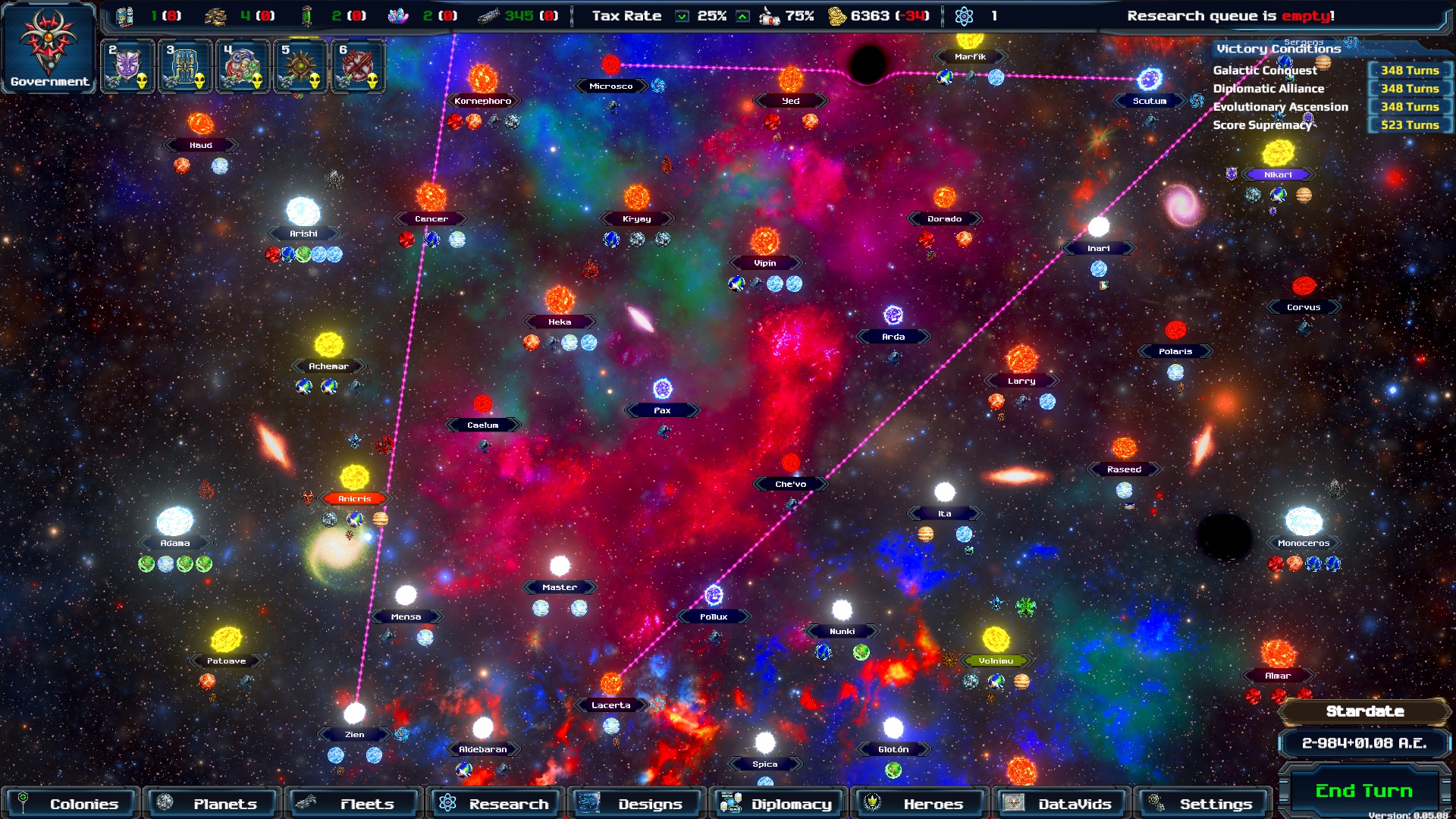





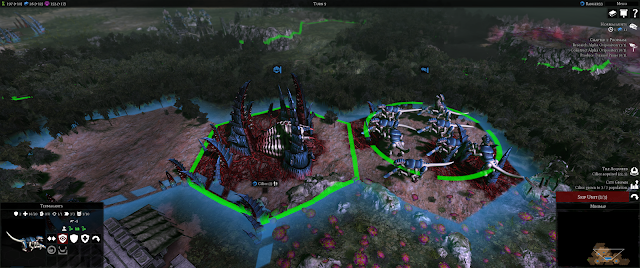






















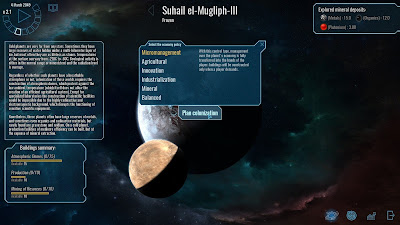





Follow Us